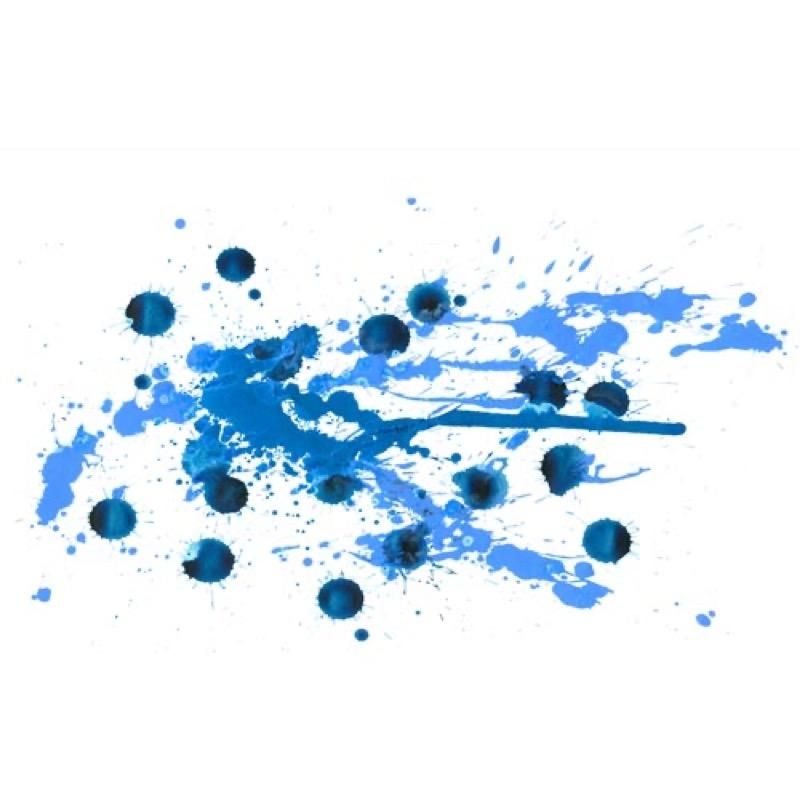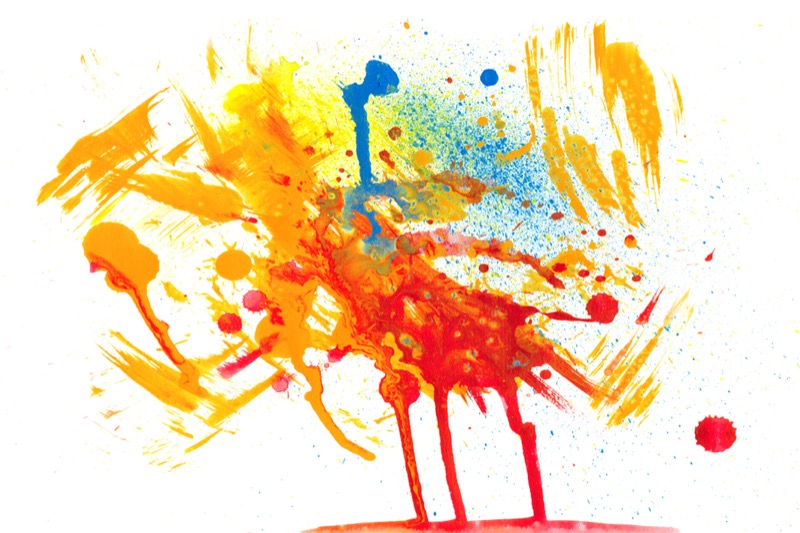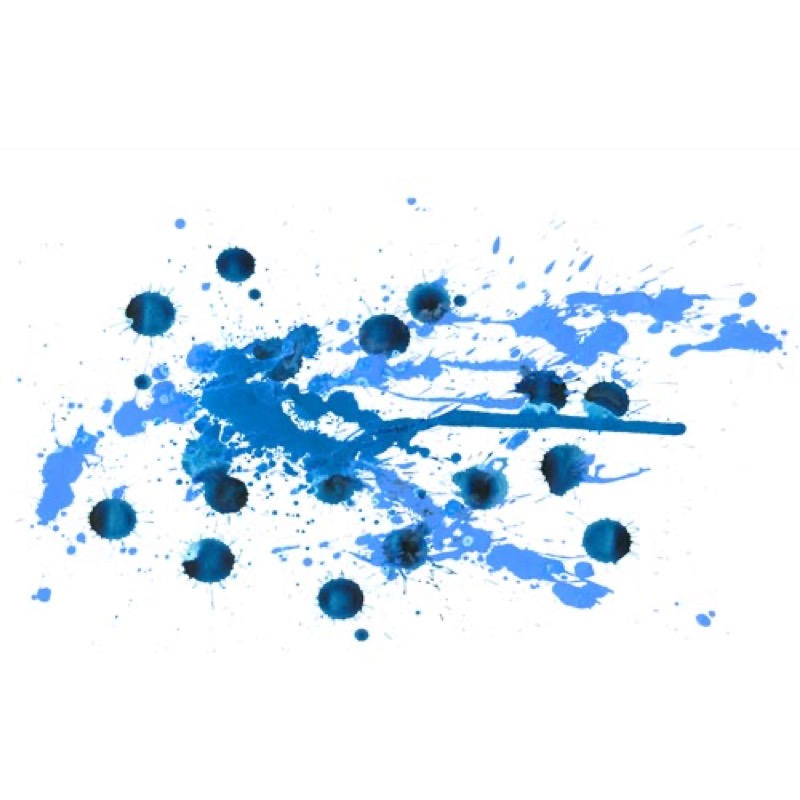
Discover abstract expressionism through the works of one of its major figures: Jackson Pollock. Children will discover the Action Painting technique and learn to encourage physical expression and action.
Discover abstract expressionism through the works of one of its major figures: Jackson Pollock. Your students Children will discover the Action Painting technique and learn to encourage physical expression and action.
Painting like Pollock typically constitutes an activity your children will love. Because it's fun, because it assumes hardly any constraints, abstract expressionism encourages personal and physical expression and playing with colours and materials for an unforgettable creative experience.
Historic period: 20th century.
Jackson Pollock is an American abstract expressionist painter born on 28 January 1912 in Cody, Wyoming, who died on 11 August 1956 in Springs, New York. Known around the world during his lifetime, he created more than 700 works: completed paintings, painted or sculpted drafts and drawings, as well as a few engravings. Pollock had a decisive influence on the course of contemporary art. In 1945, Pollock married artist Lee Krasner, who was a major influence on his career and the value of his works.


